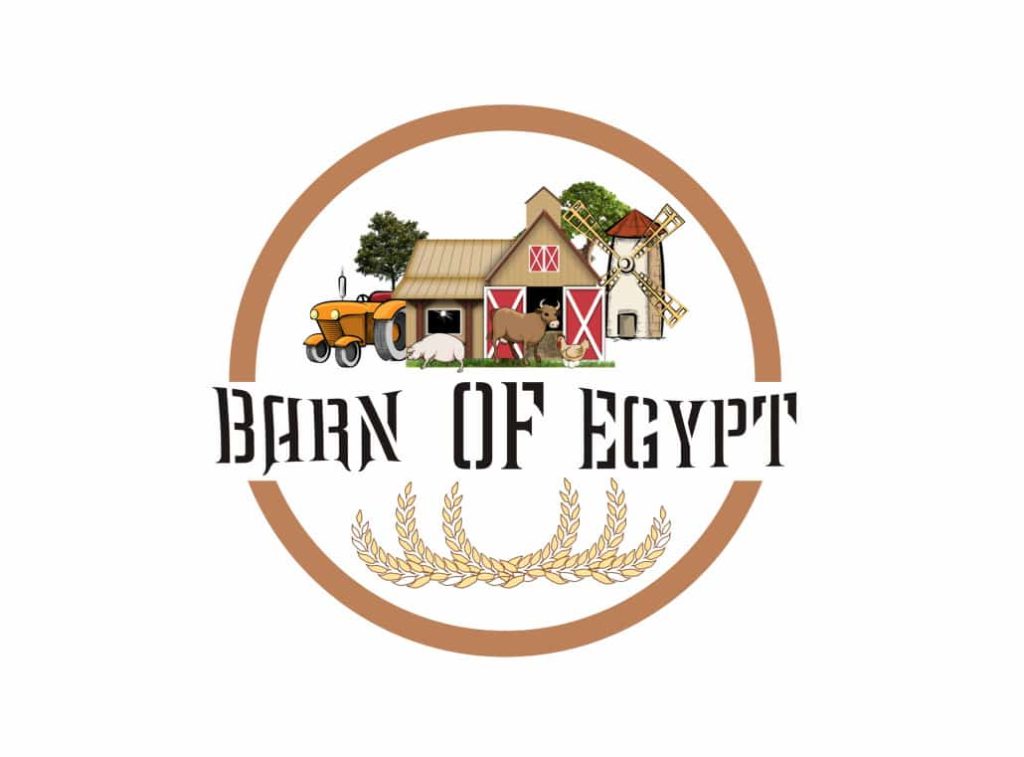Usage Of Drones In Spray Fertilizers To Crops
Drones, or Unmanned Aerial Vehicles (UAVs), are revolutionizing the agricultural industry by providing a new method to apply fertilizers to crops. Here’s a comprehensive look at how drones are used to spray fertilizers:
1. Efficiency and Precision: Drones are the most efficient fertilizer sprayers on any farm. They use ultrasonic echoing, lasers, and light-detection to adjust to any landscape and efficiently tend to crops. When properly programmed and operated, sprayer drones can fly above crops to apply chemicals using a small tank and spray nozzles. This avoids muddy fields and difficult terrain, all while providing the targeted application that saves growers money and time.
2. Carrying Capacity: Some of the biggest drones, like the AG-272, can carry up to 400 pounds of agricultural inputs — including fertilizer, herbicides, pesticides, and fungicides. This allows them to cover as much acreage in a day as a $700,000 modern spraying tractor.
3. Flexibility: One of the most critical uses of drones in agriculture is their flexibility to move around in swift motions and maneuver to the destined locations. This ability of drones helps spray fertilizers and insecticides to nurture crops and provide them with the needed nutrients.
4. Soil Health Monitoring: The robust capabilities of drones help in the primitive operation of analyzing soil health. In essence, UAVs collect and process data received from monitoring that can help check, control, and maintain the soil’s health and nature.
5. Seeding Process: Agriculture is a highly cumbersome and exhaustive industry because it requires skillful abilities to perform its operations. Drones can help in this process by providing the essential nutrients to the soil to improve their health and well-being.
In conclusion, the use of drones in spraying fertilizers to crops is transforming the agricultural industry by increasing efficiency, precision, and flexibility. It’s also helping to monitor soil health and improve the seeding process. As technology continues to advance, we can expect to see even more innovative uses of drones in agriculture.
